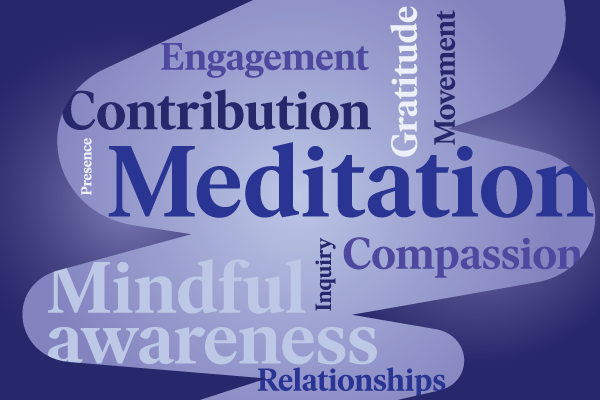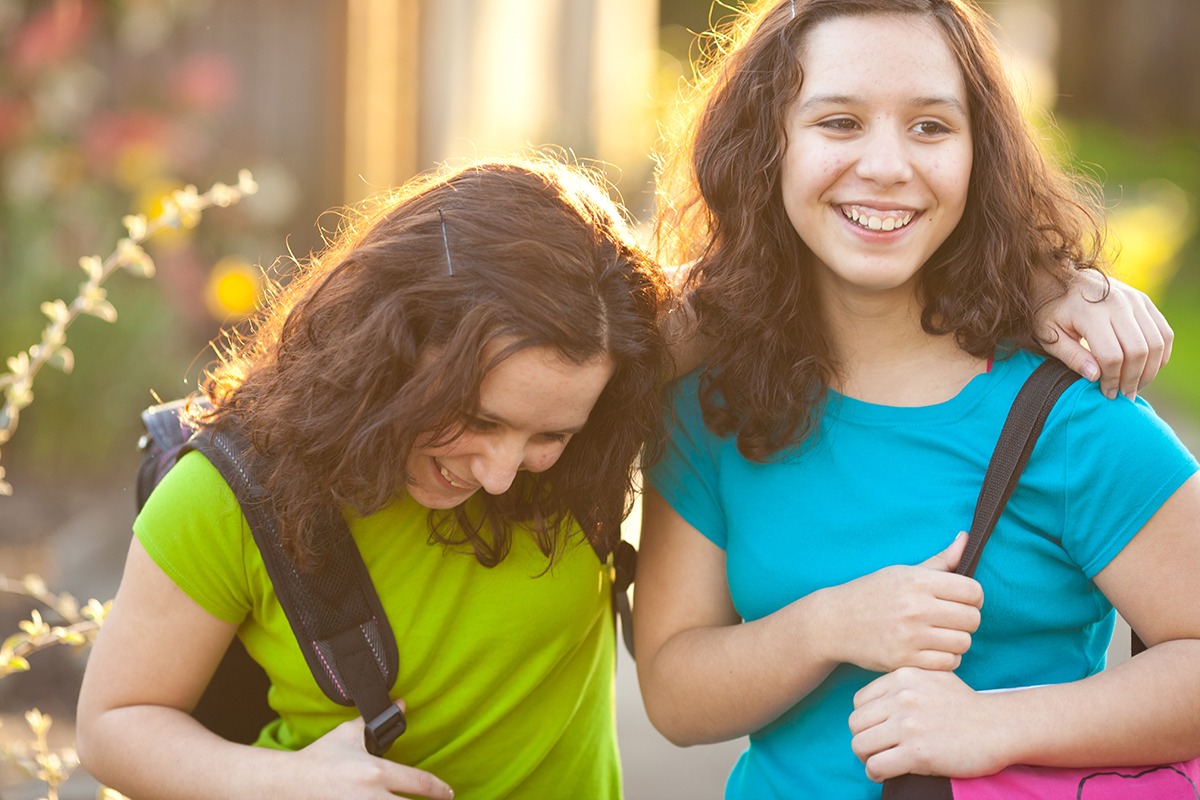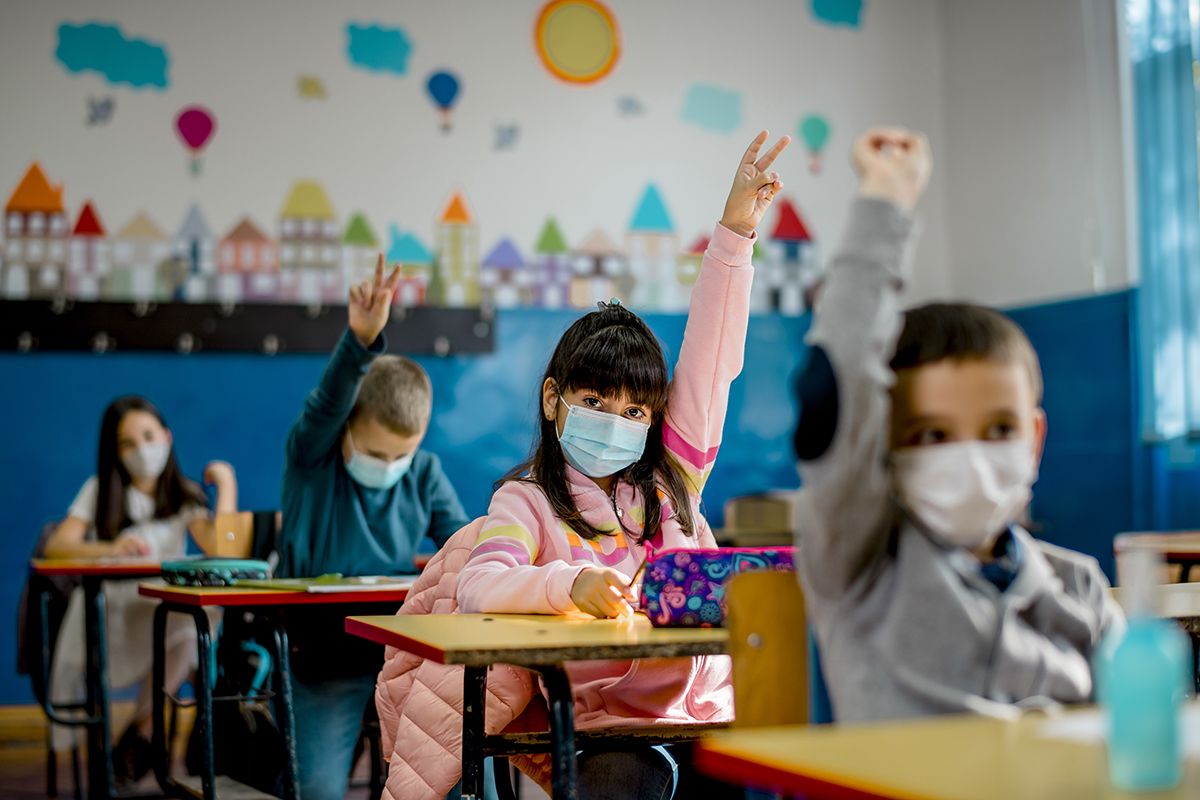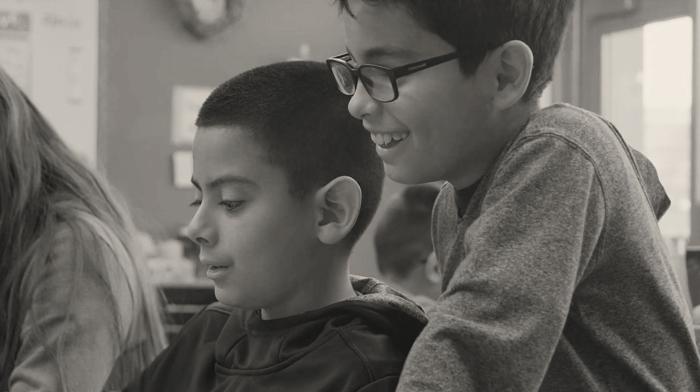October 21, 2022 6:20 pm
The Importance of Being Vulnerable in the Classroom
Being vulnerable in the classroom (or anywhere) takes courage. Here are just a few ways you can open up to your students and show them that you’re human, too.
Research professor Dr. Brené Brown — who is famous for her talks on vulnerability and taking risks, as well as her #1 New York Times bestseller Daring Greatly — says vulnerability opens us up to pain and tragedy, but also to love, joy, and connection. It is uncertain and sometimes risky, but it can lead to feelings that make life worth living.
Dr. Brown says that learning itself is inherently vulnerable, and encouraging vulnerability in the classroom is not synonymous with “coddling,” as many may think. It’s actually quite the opposite of coddling because it pushes students to open themselves up, leave their comfort zones, and learn in a more personal, intentional way. And the first step to encouraging students to be vulnerable is by being vulnerable in the classroom as a teacher.
Veteran English teacher David Rockower learned this after years of reading predictable, not-very-emotional memoir-writing assignments. In previous years, he tended to shrug off the lack of unique emotional experiences and deep connections in his students’ writing as just a result of their age. But one year, he decided to change his approach. He realized he had to show his students that he was willing to do exactly what he was asking of them. And it ended up changing the game completely.
When explaining the assignment, instead of giving students an inspirational quote from a poet or examples of memoirs from strangers, Mr. Rockower wrote a story about one of the hardest, most emotional experiences in his own life. After reading his story to the class, the questions that followed weren’t the usual, “How long does my paper need to be?” or “How many paragraphs?” Instead, some students clapped, some wanted to share their personal experiences, and one student even asked, “Can we please write now?”
The stories his students turned in later were powerful and far more emotional than any he’d received before. His takeaway from this experience was profound: “My unwillingness to share, to write from the heart, [and] to be vulnerable was ultimately holding my students back. And when I finally took the leap, they followed.”
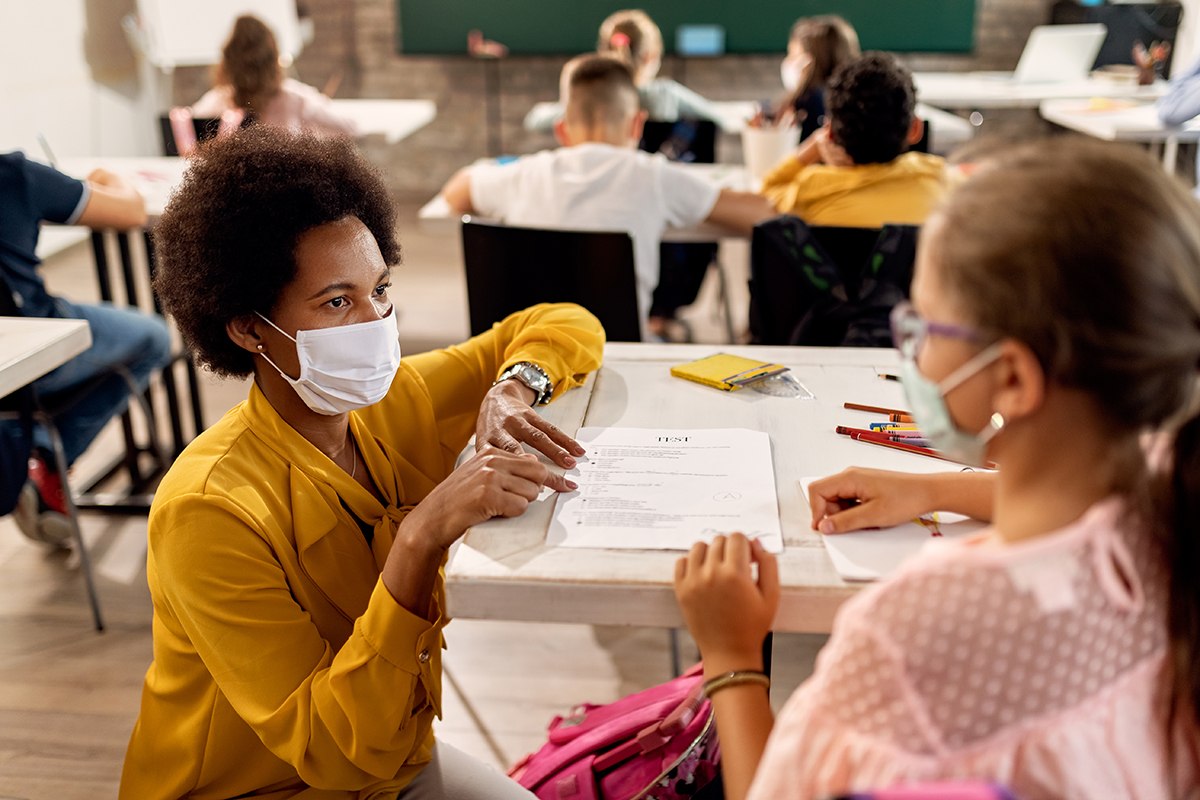
How Can You Start Being Vulnerable in the Classroom?
Being vulnerable in the classroom (or anywhere) takes courage. Leaving your comfort zone is not easy, and there will always be students who want to mock or use things against you, but, as one teacher put it, “for every student who negatively takes advantage of our openness, there will be scores more who thrive because of it.” Vulnerability is a powerful, emotional, and, at times, uncomfortable journey, led by both self-exploration and genuine intrigue to discover often uncharted territories.
Another teacher, who strove for perfection and sought to avoid “inevitable” mockery from his students, says that being the “all-knowing, impenetrable teacher” was uninspiring and untrustworthy. After receiving some life-changing news, he altered his teaching style and allowed himself to be vulnerable in front of his students, which yielded a new type of connection with them. These days, he says, “the mark of a good teacher is having a willingness to learn alongside of their students.”
Here are just a few ways you can open up to your students and show them that you’re a lot like them in many ways:
- Share your stories, hobbies, likes, and dislikes with your students (as much as you are comfortable sharing, and, of course, using discretion).
- Admit when you’re wrong, have made a mistake, or don’t know the answer. It takes more courage—but less time—than pretending or trying to be perfect and omniscient.
- Remember when you were your students’ age and consider how your experiences can help them navigate their world.
Being vulnerable in the classroom can promote deeper thinking, strengthen your relationships with students, and prompt more authentic responses. Showing students that you’re not perfect helps them understand that it’s okay to have flaws and imperfections. Teachers across the nation, who first told us why they teach during Teacher Appreciation Week, opened up on the importance of being vulnerable in the classroom, and how they show students they’re human, too.
AJ, a high-school AP® and honors English teacher in New Mexico, said:
“Every day, I remind students that we’re a team. In order to get them to fully believe this, I don’t pretend to be an expert on everything. I value students’ opinions and admit when I am not sure about something. I hope this kind of humility shows students that we are always learning, even as adults. I also think this has been an effective way for me to gain a healthier sense of respect rather than one based solely on power and authority.”
Jenny, a first-grade teacher in Arizona, said:
“I talk to my students on the playground at recess. I read what they write in their journals and ask them about it. I make sure that they know I care about them. I tell them stories about me, my kids, and my life, so that they have buy-in.”
Chris, a high-school English teacher in New Jersey, said:
“You should share with them aspects of your life that are important to things that you’re talking about in what you’re covering that lesson. I stress several aspects of my personal experience. They need to see that I come from somewhere, and I think teachers fail their students if they don’t show them their own backgrounds. You have to share yourself with your students if you want them to take you seriously.”
Amanda, a middle-school special education teacher in Massachusetts, said:
“I joke and I share things about my life, weekend plans. I think it is also important to admit mistakes and let them know that even we make them, and that’s okay.”
Katie, a high-school AP and honors English teacher in New Mexico, said:
“You have to show your students that you are human, and that you also make mistakes. If you try to look perfect in front of them, you will fail. I think that by showing them you aren’t perfect, you really can connect with them. They become more comfortable with you and see that they can make mistakes and won’t be judged for them. I also feel that incorporating lessons/readings about what they’re interested in can create connections. They feel that you genuinely care about them and their needs, so they feel more comfortable and willing to open up to you.”
If you’re feeling anxious or uneasy about opening yourself up more to your students, remind yourself of the blessing of teaching—it’s naturally a very personal profession, and human connections will always strengthen learning. As our once not-so-vulnerable teacher says, “vulnerability is the essential root of the thinker and learner.” And it starts by challenging yourself to be courageous.

